The Army is preparing a generative AI workspace to improve daily operations
And because those tools guzzle cloud compute, the service is also looking at ways to cut costs and maintain efficiency.

“We've been working to bring on something we call the Army Enterprise LLM Workspace, which is how we look at LLM usage in a safe way at the [Impact Level 5] for our warfighters” and in daily office operations, Gabriele Chiulli, the chief technology officer for the Army’s Enterprise Cloud Management Agency, told Defense One.
For example, LLMs were used to rip through the tedious task of reclassifying personnel descriptions, which includes defining and aligning job duties, experience, and backgrounds.
The Army was able to formulate about 300,000 personnel descriptions in a week using LLMs, Chiulli said. It would take a human about 10 minutes to review each description, which would amount to about 50,000 hours or 5.7 years of working around the clock.
Last year, the Army previewed plans for a generative AI pilot program. But the service had already noted a spike in cloud computing costs as more people used AI tools and services.
For example, an Army command was tasked with analyzing a problem set with national-level data within a 48-hour timeframe. They used generative AI to complete the task and it resulted in a big cloud computing bill and alerted the service to the need for “guardrails” to keep costs in check, Army tech leaders told reporters earlier this year.
“How we control costs is really important. Because what we certainly don't want to end up with is a massive cloud compute bill,” said Jennifer Swanson, deputy assistant secretary of the Army for data, engineering, and software.
In that cost-cutting spirit, the Army is simplifying its cloud contracting by consolidating services done by the same provider on the same contract. The service awarded Oracle “a firm-fixed price task order through the U.S. Department of Defense (DoD) Joint Warfighting Cloud Capability (JWCC) contract to provide the U.S. Army’s Enterprise Cloud Management Agency (ECMA) with cloud compute and storage services,” according to an April 15 news release.
Without everything on JWCC, “it would be a square peg in a round hole to take an Oracle product and run it in a different cloud. Now, it works seamlessly, much more supported, much more secure when you're running Oracle in Oracle, which we can do through the JWCC contract,” Kim Lynch, Oracle’s executive vice president for its defense and Intelligence business, told Defense One.
The move aims to streamline cloud management, enhance security, and reduce costs—in some cases up to 50 percent, Chiulli said.
For example, one program’s bill has been cut nearly in half. ”We're talking [about] something that was $1 million dollars a month is now like $600,000 a month from a finance perspective because of some of the changes that we made,” he said.
“If we have three separate contracts…each one of these contracts has like one or two people that have to manage it—all those different back-end processes,” he said. “Now, we only have to have one team worth of people to manage this stuff. So it really was about becoming really efficient from a personnel perspective too.” ]]>











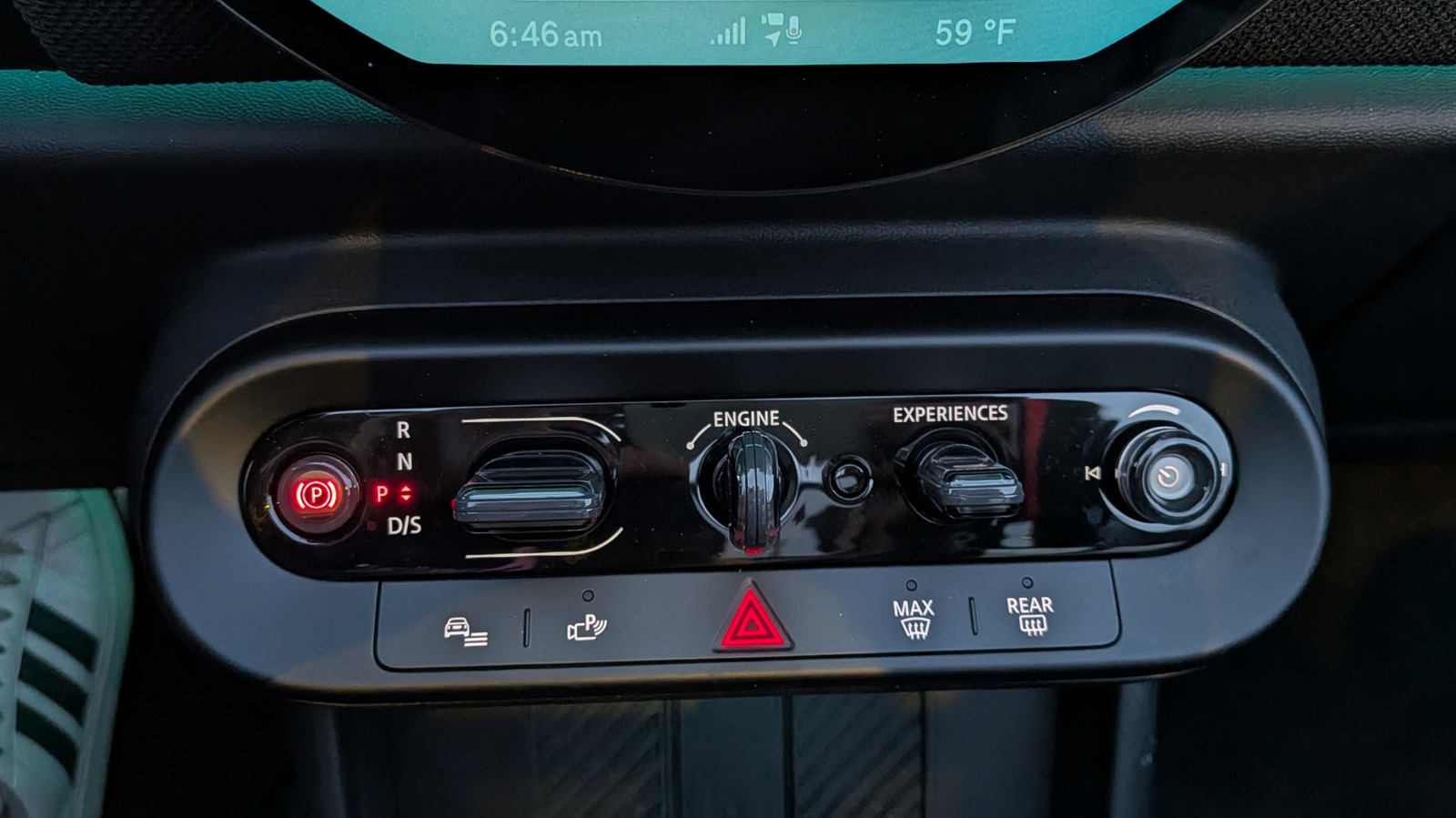


















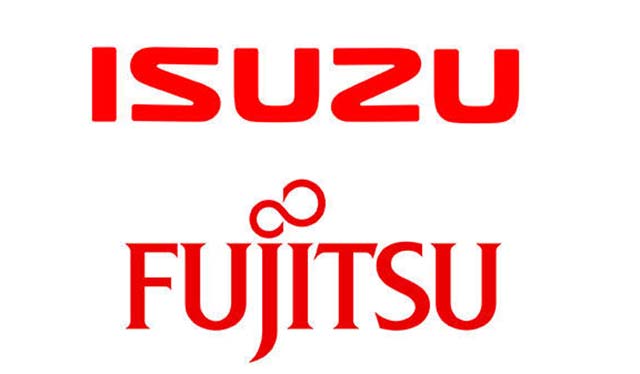









































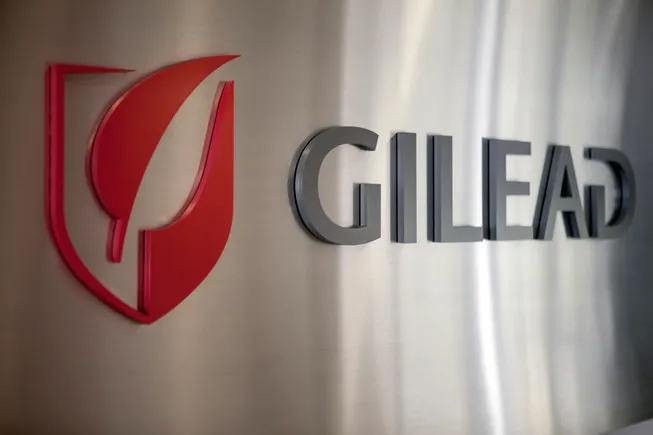






























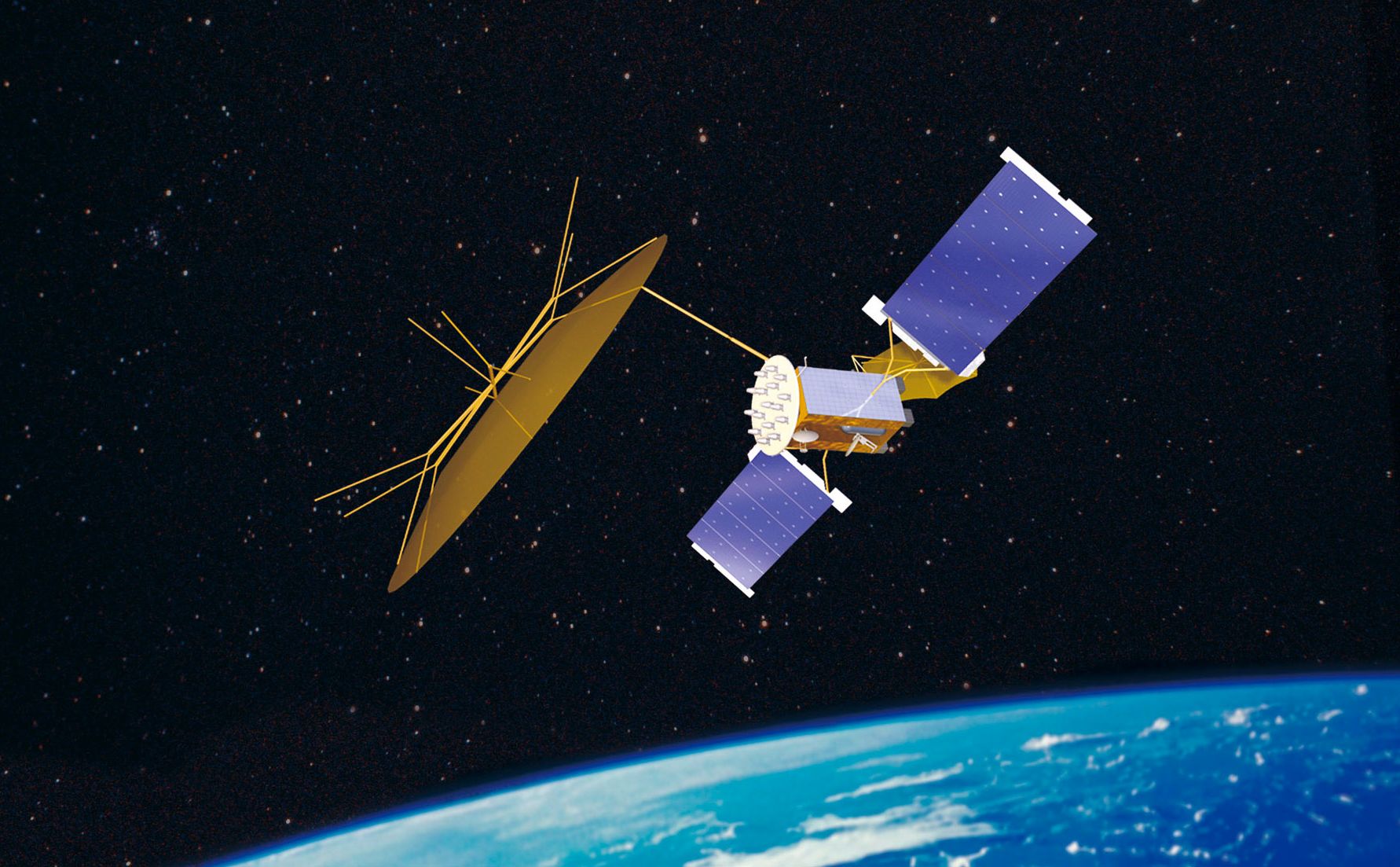































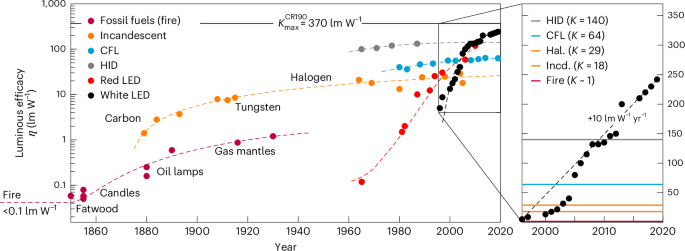













.jpg)





























